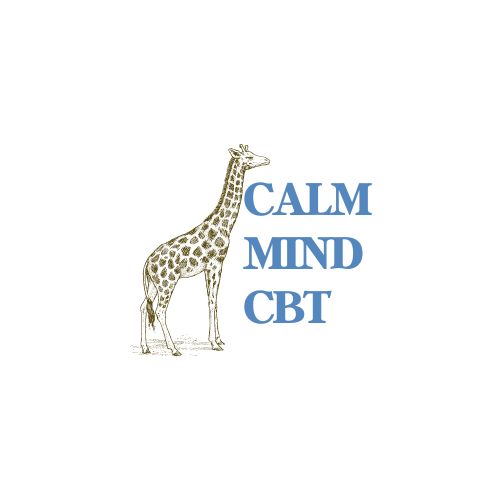Anxiety is a common mental health issue that affects millions of people worldwide. It can manifest in various ways, from generalized anxiety disorder to panic attacks and phobias. Understanding the cycle of anxiety is vital in order to break free from its grip and regain control of our lives. In this post, we will explore the different stages of the anxiety cycle as this is the first step to overcoming it.
1. The Triggering Situation:
The anxiety cycle begins with a trigger, which can be an external event or an internal thought. Triggers vary from person to person, but common examples include social situations, school-related stress, or upsetting experiences. Triggers can activate the fight-or-flight response, leading to increased anxiety levels.
2. Emotions and Body Sensations:
As anxiety intensifies, it often manifests in physical symptoms and can have other emotions attached to it. These can include a racing heart, shortness of breath, sweating, trembling, and a sense of impending doom. The physical symptoms can be distressing and further exacerbate the cycle of anxiety. There are some common emotions that typically arise with anxiety that include nervousness, anger, sadness, and fear.
3. Cognitive Responses (AKA thoughts):
Anxiety is not limited to physical symptoms; it also affects our thoughts and beliefs. During the cognitive response stage, individuals may experience excessive worry, irrational fears, negative self-talk, and catastrophic thinking. These cognitive responses reinforce the anxiety cycle, leading to increased distress.
4. Behavioral Responses (AKA Safety Behaviors):
To cope with anxiety, individuals often engage in behaviors to avoid triggering situations or sources of anxiety. This could involve avoiding social gatherings, isolating oneself, or using substances as a temporary relief. While avoidance may provide temporary relief, it reinforces the anxiety cycle and prevents long-term healing. There are other behaviors that also provide quick short term relief such as rumination, accommodation by others, reassurance seeking, and safety tricks.
5. Short-Term Relief:
Engaging in avoidance behaviors can provide short-term relief from anxiety. However, this relief is fleeting and often comes at a cost. Avoidance behaviors can lead to social isolation, strained relationships, and missed opportunities for personal growth. The anxiety cycle continues as individuals seek temporary relief, only to find themselves trapped in a vicious cycle.
6. Reinforcement:
The cycle of anxiety is reinforced through a feedback loop. As individuals continue to engage in avoidance behaviors, their anxiety remains unchallenged, and the cycle intensifies. Over time, the anxiety becomes ingrained, making it harder to break free from its grip.
You’ve Taken the First Step in Managing Anxiety:
Understanding the cycle of anxiety is a crucial first step for breaking free from its grip. Individuals can reclaim control over their lives from anxiety. Seeking support from loved ones and professionals is vital in the journey towards managing and overcoming anxiety. Remember, breaking the cycle of anxiety is possible, and there is hope for a brighter, anxiety-reduced future.
With courage and love,
Angela Springer, LCSW & Hayley Wyatt, LCSW


Recent Comments